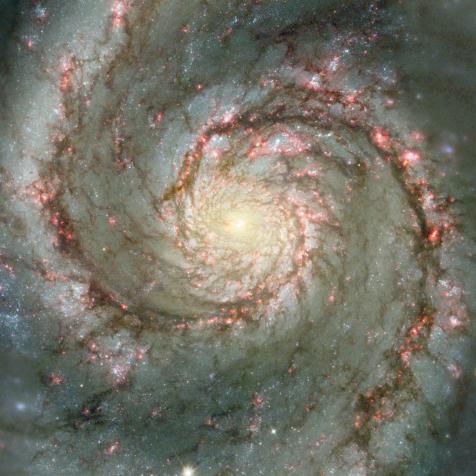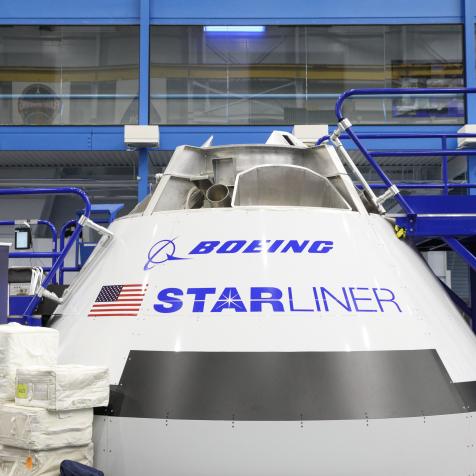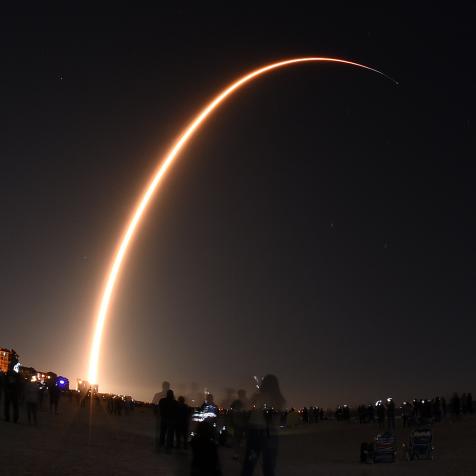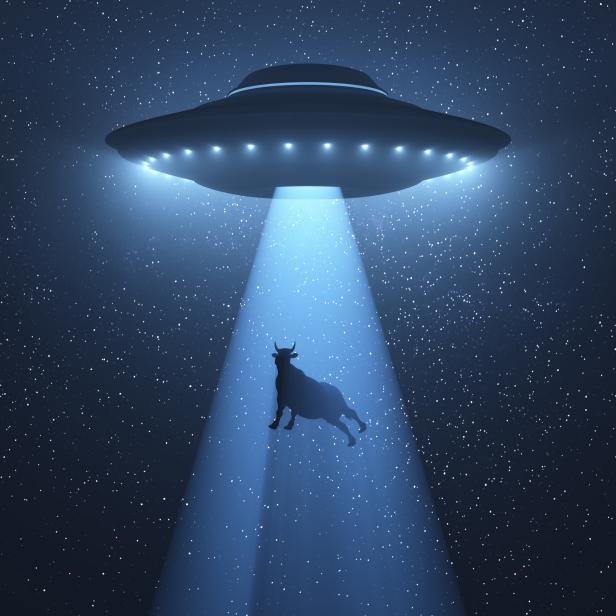
KTSDesign/SCIENCEPHOTOLIBRARY
The Origin of Cosmic Cows

Keep reading, I'm serious... Yes, there is a certain kind of astronomical object called a “cow” and it’s actually pretty awesome.
Check this out. Back in 2018, astronomers noticed a very different kind of supernova. It happened in a galaxy 200 million light-years away from us and was very, very bright. About 20 times brighter than a typical supernova. But instead of gently fading away into the background as most supernovas do, it just kept on shining. As the weeks turned into months, the object glowed incredibly brightly in X-ray radiation.
It was pretty intense.
There are all sorts of automated astronomical searches combing the sky every night, looking for flashes, bangs, and other sudden events. This particular event was assigned the automatic designation of “2018cow”.
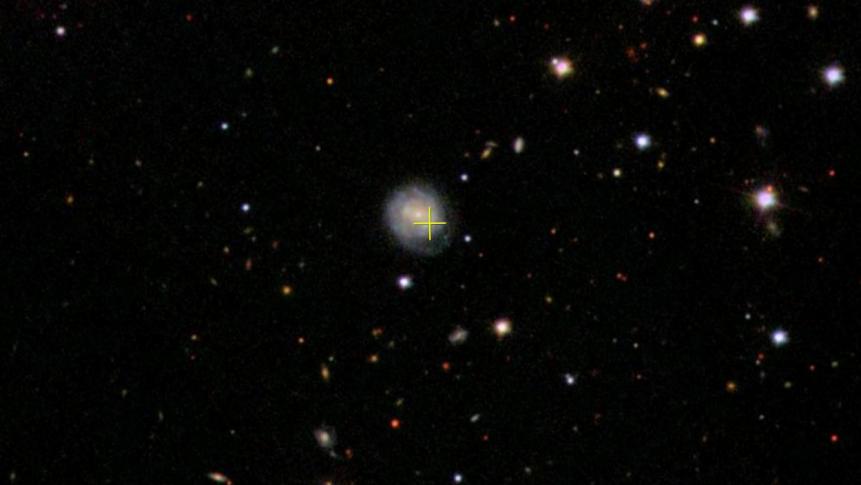
Sloan Digital Sky Survey
But now we just call it The Cow.
Since then, astronomers have seen more Cow-like events, but they’re very rare. Only about 0.1 percent of all supernovae turn into Cows, but we haven’t been sure why.
Thankfully, a more recent Cow may have the answers. Occurring in a galaxy 2 billion light-years away, this one was by far the brightest, shining over 100 times more brightly than a typical supernova. And those strange X-rays emitted in the following weeks? The X-rays from this new Cow were over 200 times more intense than the ones from the original.

Sloan Digital Sky Survey
That brightness helped because it gave astronomers tons of juicy data to explore what was going on.
There are two possible recipes to make a Cow.
They both start with a supernova, the death of a giant star that ends in a tremendous explosion. That’s the initial burst of light that astronomers see with their telescopes. After that, most supernovas begin fading away, because they've released all their energy in one big burst.
But not Cows. Cows keep on shining. And to make that many X-rays, as Cows do, you need energy. A lot of energy.
Possibility #1 is that the supernova creates a black hole. That black hole has tons of gravity shoved into not a lot of space, and it pulls on any gas that may remain from the exploded star. As the gas falls in, it crams into that tiny volume. In the process, it heats up tremendously – like, millions of degrees – which causes the gas to emit X-rays.
Possibility #2 is that instead of a black hole, the supernova forms a neutron star. Neutron stars are super-dense balls of neutrons no wider than a city. When they’re born, they can spin incredibly quickly. As they do, they whip up huge amounts of electric and magnetic energy, which then gets released in the form of X-rays.
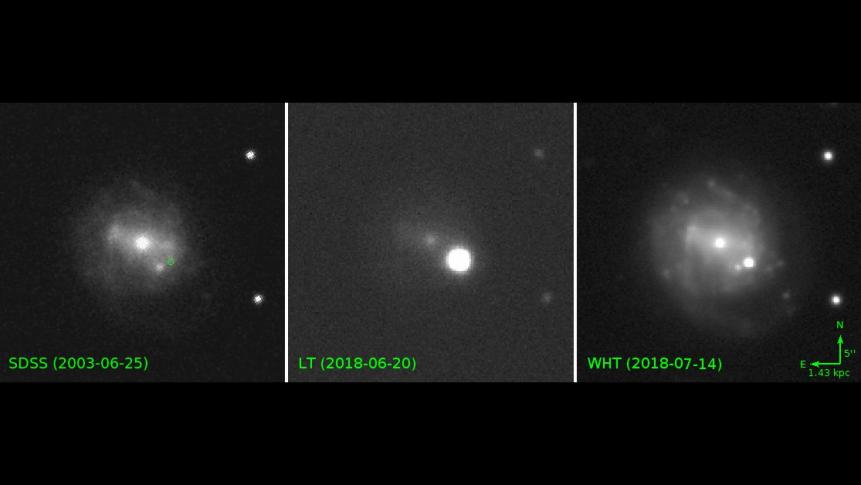
Daniel Perley, Liverpool John Moores University
So far, astronomers can’t tell if Cows come from black holes or neutron stars (or both). They are hoping in the future to catch the formation of a Cow right when it happens, to be able to tell what gets made in the fiery blast of the supernova.
But if they don’t figure it out soon, just…don’t have a cow, man. (Sorry, I couldn’t resist.)
Dive Deeper into the Universe
Journey Through the Cosmos in an All-New Season of How the Universe Works
The new season premieres on Science Channel and streams on discovery+.















